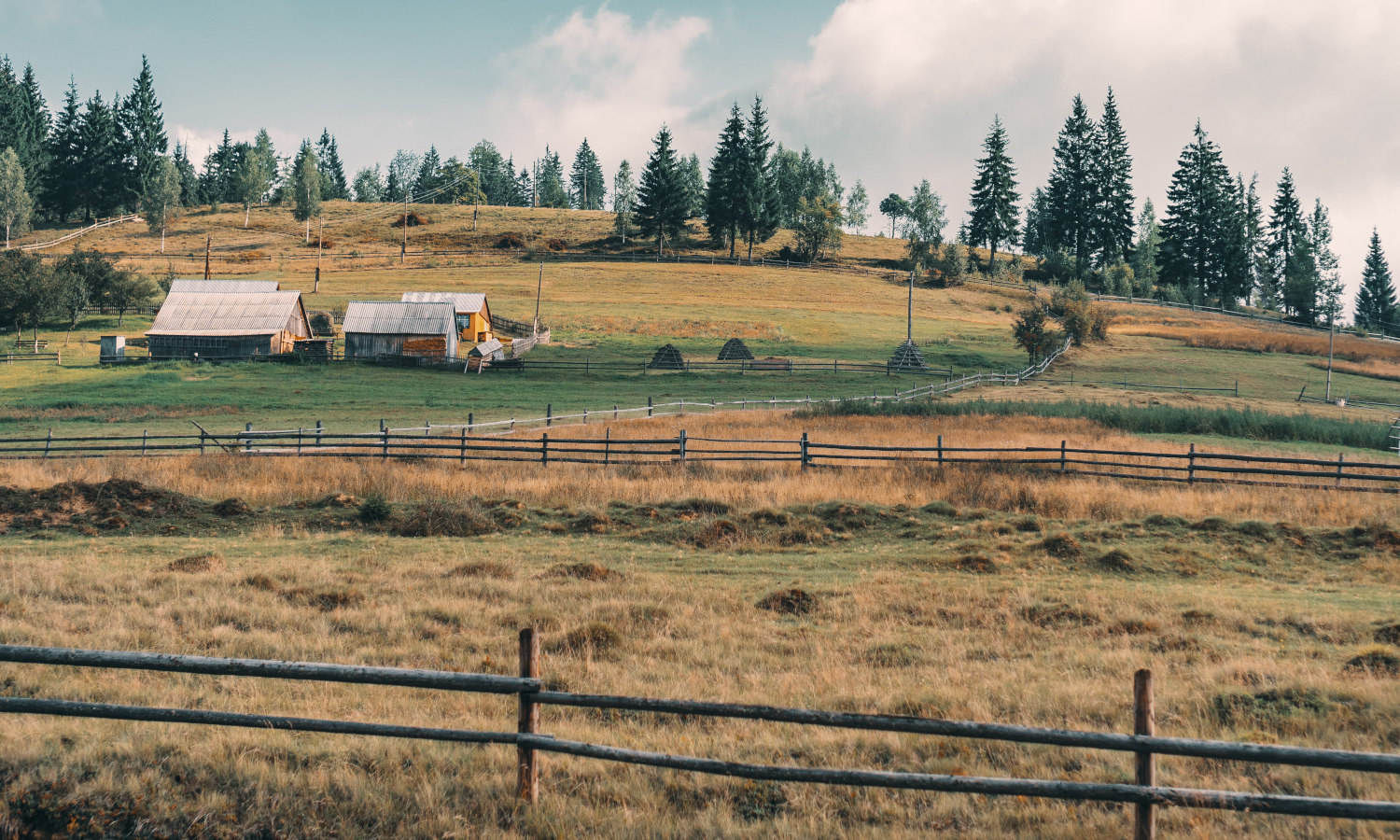As Russia’s war against Ukraine continues, Ukrainian farmers are facing shortages in farming supplies and funding. But farmers are fighting to maintain their livestock and plant spring crops.
According to Mariia Didukh, Director of the Ukrainian National Agrarian Forum (UNAF), farmers are reporting that seeds, fuel, labor, financial resources, veterinary medications, feed, and vaccines for livestock are all in short supply.
UNAF is an association of Ukraine’s five largest agricultural non-profit organizations and unions representing the interests of small, medium, and large-scale farmers. Didukh tells Food Tank that members of UNAF are providing each other with daily updates and discussing the state of the agricultural sector.
According to a recent survey from one of UNAF’s members, the Ukrainian Agribusiness Club (UCAB), poultry production in the country is expected to decrease by 15 percent in 2022. The decrease, Didukh explains, is because of shortages of vaccines, feed, and other inputs.
Farmers are also coping with landmines and destruction by the Russian army. The Odessa Journal reports that 300,000 square kilometers—equivalent to 56,000 football fields—of Ukraine is in need of inspection for mines. The Russian army has also destroyed farmers’ facilities and slaughtered livestock.
The U.S. Department of Agriculture Foreign Agricultural Service (USDA FAS) data show that prior to the war, Ukraine was the seventh largest producer of chicken meat. Now, countries that purchase chicken meat from Ukraine, including Saudi Arabia, Netherlands, Slovakia, United Arab Emirates, and Azerbaijan, will face supply shortages. The survey also shows cattle production will decrease by 15 percent and pig production by 20 percent.
The Ukrainian Agrarian Council (UAC), a member of UNAF, recently produced a video highlighting the war’s impact on Naporivske, a dairy farm located in Lukashivka Village of the Chernihiv Region. “Everything that can make a profit, that can give life, that can feed people has been destroyed,” Hryhorii Tkachenko, director of Naporivske, states. “The losses are enormous.”
During recent battles in Lukashivka, Russia launched 30 rockets at Naporivske, burned down the farm’s warehouse containing fertilizers and farming machinery, and killed 110 cows and calves. Attacks on the village also resulted in at least 12 civilian deaths and the destruction of homes.
“Farmers are losing everything,” Didukh tells Food Tank. “The Russian army is intentionally destroying every object which these farmers’ livelihoods depend upon.”
Despite the devastation, Tkachenko is distributing what dairy products they can to orphanages and hospitals in Lukashivka and neighboring villages.
In April, UAC established SaveUA to support dairy farmers like Tkachenko and address hunger in villages. Through SaveUA, farmers receive funds to produce dairy products which are distributed to civilians for free. Didukh explains that while meals distributed by humanitarian organizations address hunger in the short term, giving money to farmers is a more effective long-term solution. The model also entails no logistical costs, creates jobs, and reduces the rate of food insecurity-induced migration.
Farmers are now preparing to plant 14 million hectares (over 54 thousand square miles) of land—70 percent of what they planted pre-war.
Results from the UCAB survey also show that corn production will decrease by 38 percent, sunflower production by 28 percent, and soybean production will increase by 12 percent. Farmers reported decreased production of tomatoes, onions, eggplant, peppers, peas, mustard, and melons.
Didukh tells Food Tank that in occupied territories, Russian forces also destroyed or seized many farmers’ winter crops.
UNAF is reaching out to international companies and organizations, requesting that they cease financial cooperation with Russia. “Every cent paid to Russia finances the destruction of Ukraine,” Didukh tells Food Tank.
Didukh also explains that “humanitarian assistance is needed to open up ports.” Ukraine’s seaports are blocked by Russian forces. The country is trying to identify alternative routes to export via railroads and trucks. “Otherwise, there will be catastrophe for farmers.”
Farmers are keeping winter grains in storage, Didukh shares. But these storage facilities will soon reach maximum capacity. Without opening routes for export, farmers will have no place to store spring crops and lose income.
Ukraine is the primary exporter of the world’s sunflower oil, the second largest producer of honey, and the third largest producer of rapeseed and corn, according to USDA FAS. More than 55 percent of Ukraine is arable land and the agricultural sector employs 14 percent of Ukraine’s population. Ukraine’s Minister of Agrarian Policy, Roman Leshchenko, stated that Ukraine once fed 400 million people worldwide. And by 2030, Leshchenko planned to feed 1 billion people by scaling up agricultural exports.
“The war has already exposed the interconnected nature and fragility of global food systems, with serious consequences for global food and nutrition security,” write the European Union, United Nations, and World Food Programme in a joint release. “Countries already coping with high levels of acute hunger are particularly vulnerable to the risks created by the war in Eastern Europe, notably due to their high dependency on imports of food and agricultural inputs and vulnerability to global food price shocks.”
Commissioner for International Partnerships Jutta Urpilainen says, “Russia’s invasion of Ukraine jeopardizes global food security. The international community must act to avert the largest food crisis in history and the social, economic, and political upheaval that could follow.”
Articles like the one you just read are made possible through the generosity of Food Tank members. Can we please count on you to be part of our growing movement? Become a member today by clicking here.
Photo courtesy of Viktor Bystrov, Unsplash











